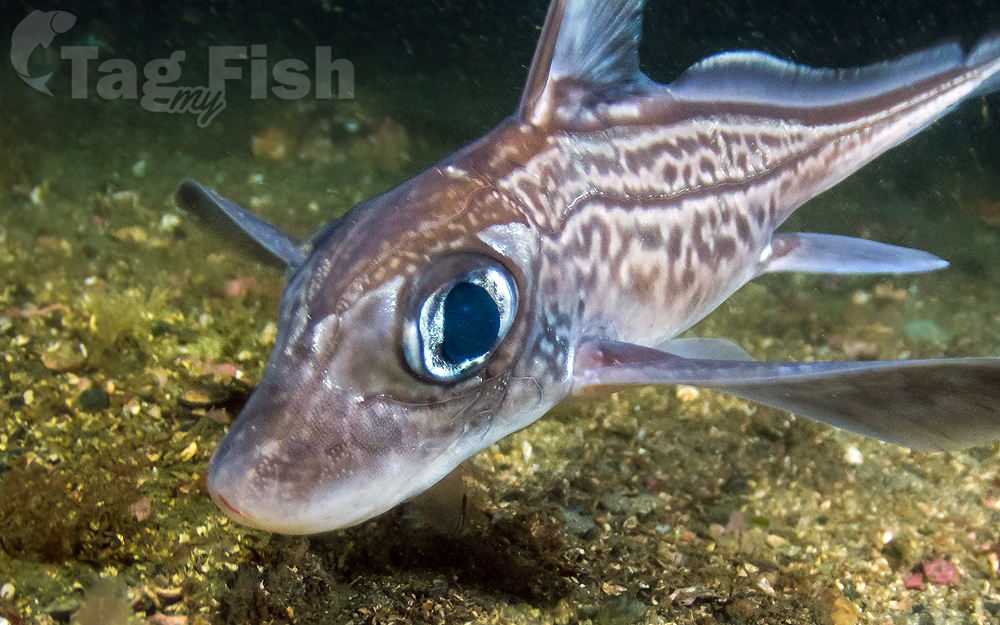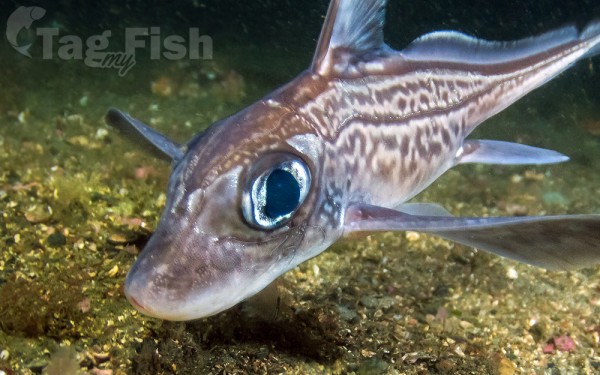Chimaeriformes - Chimaeras

Classification
Description
Chimaeras are cartilaginous fish in the order Chimaeriformes, known informally as ghost sharks, rat fish, spookfish, or rabbit fish; the last three names are not to be confused with rattails, Opisthoproctidae, or Siganidae, respectively.
Chimaeras live in temperate ocean floors down to 2,600 m (8,500 ft) deep, with few occurring at depths shallower than 200 m (660 ft). Exceptions include the members of the genus Callorhinchus, the rabbit fish and the spotted ratfish, which locally or periodically can be found at relatively shallow depths. Consequently, these are also among the few species from the chimaera order kept in public aquaria. They live in all the oceans except for the Arctic and Antarctic.
They have elongated, soft bodies, with a bulky head and a single gill-opening. They grow up to 150 cm (4.9 ft) in length, although this includes the lengthy tail found in some species. In many species, the snout is modified into an elongated sensory organ.
Like other members of the class Chondrichthyes, chimaera skeletons are constructed of cartilage. Their skin is smooth and naked, lacking placoid scales (except in the claspers), and their color can range from black to brownish gray. For defense, most chimaeras have a venomous spine in front of the dorsal fin. They use these fins to fly through water.
Chimaeras resemble sharks in some ways: they employ claspers for internal fertilization of females and they lay eggs with leathery cases. They also use electroreception to find their prey. However, unlike sharks, male chimaeras also have retractable sexual appendages on the forehead (a type of tentaculum) and in front of the pelvic fins. The females lay eggs in spindle-shaped, leathery egg cases.
They also differ from sharks in that their upper jaws are fused with their skulls and they have separate anal and urogenital openings. They lack sharks\\\\\\\\\\\\\\\\\\\\\\\\\\\\\\\' many sharp and replaceable teeth, having instead just three pairs of large permanent grinding tooth plates. They also have gill covers or opercula like bony fishes.












